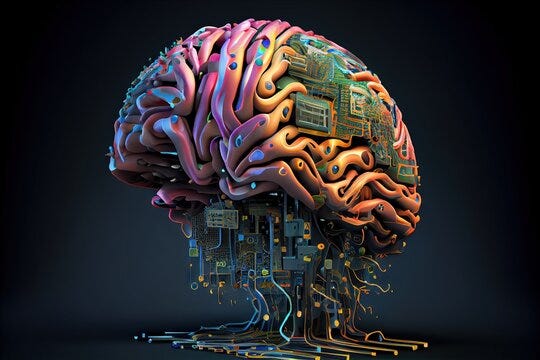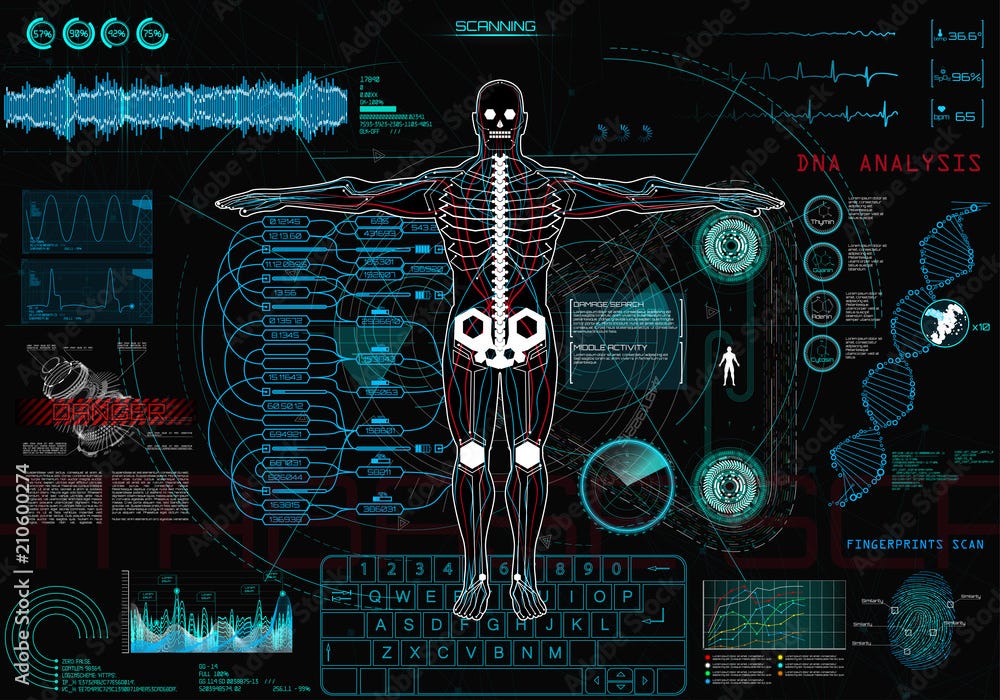Introduction:
In the domain where innovation and science merge, a captivating wilderness arises — biohacking and Do-It-Yourself science. This inventive field digs into the control and investigation of living life forms utilizing instruments and standards acquired from innovation. We should leave on an excursion through this spellbinding scene, inspecting its embodiment, suggestions, and potential.
Figuring out Biohacking and Do-It-Yourself Science:
At its center, biohacking envelops the act of adjusting organic frameworks outside customary lab settings. This can include anything from hereditary designing and manufactured science to the streamlining of individual wellbeing through self-trial and error. Do-It-Yourself science, a subset of biohacking, stresses grassroots and local area driven endeavors to investigate natural peculiarities. The two ideas share a consistent idea of democratizing admittance to biotechnology, engaging people to become makers and pioneers in the domain of life sciences.

The Ascent of Resident Researchers:
One of the most outstanding parts of biohacking and Do-It-Yourself science is the development of resident researchers — energetic people with different foundations who add to logical examination and disclosure. Empowered by open-source apparatuses, online networks, and reasonable biotech gear, these resident researchers are driving development and pushing the limits of what’s conceivable in natural trial and error. From making hereditarily altered organic entities to creating novel clinical medicines, their commitments are reshaping the scene of current science.
Moral Contemplations and Wellbeing Concerns:
While biohacking holds enormous commitment, it additionally raises moral contemplations and security concerns. Controlling living creatures outside managed research center conditions can present dangers to the two people and biological systems. Guaranteeing mindful lead and adherence to somewhere safe conventions is principal in moderating these dangers. Moreover, questions encompassing the responsibility for data, biosecurity, and potentially negative results of bioengineering require cautious thought and oversight.
Applications and Effect:
Biohacking and Do-It-Yourself science have different applications across different fields, going from medical services and agribusiness to ecological protection and workmanship. In medical care, biohackers are investigating customized medication and creating imaginative therapies for uncommon sicknesses. In farming, Do-It-Yourself scientists are exploring different avenues regarding hereditarily adjusted harvests to improve yield and strength. Besides, bioartists are using living organic entities as a vehicle for imaginative articulation, obscuring the limits among science and craftsmanship.
Difficulties and Open doors:
Likewise with any arising field, biohacking and Do-It-Yourself science face various difficulties and open doors. Administrative structures need to develop to oblige the powerful idea of biohacking while at the same time guaranteeing security and moral norms. Admittance to training and assets stays a hindrance for the vast majority yearning biohackers, featuring the requirement for comprehensive and open learning stages. Moreover, cultivating interdisciplinary cooperation between scholars, technologists, ethicists, and policymakers is fundamental in saddling the maximum capacity of this thriving field.

The Fate of Biohacking:
Looking forward, the future of biohacking and Do-It-Yourself science seems promising yet unusual. Propels in biotechnology, for example, CRISPR quality altering and manufactured science, will keep on democratizing admittance to useful assets for organic control. Besides, as mindfulness and interest in biohacking develop, we can hope to see a multiplication of local area labs, producer spaces, and cooperative stages committed to organic investigation. Nonetheless, exploring the moral, lawful, and cultural ramifications of these progressions will be significant in molding a dependable and reasonable future for biohacking.
Conclusion:
In the mind boggling woven artwork of innovation and science, biohacking and Do-It-Yourself science stand apart as energetic strings of advancement and investigation. From enabling resident researchers to rethinking the conceivable outcomes of hereditary designing, this field exemplifies the soul of interest and trial and error. As we adventure further into this unfamiliar domain, let us proceed cautiously, directed by standards of morals, security, and capable stewardship. In doing as such, we can open the maximum capacity of biohacking as a power for positive change in our reality.

